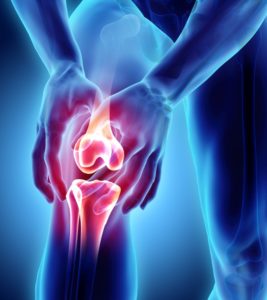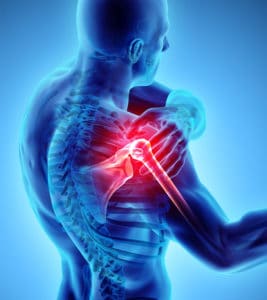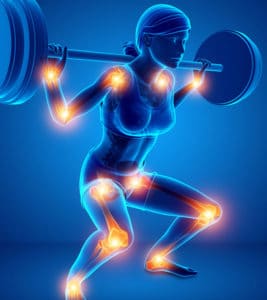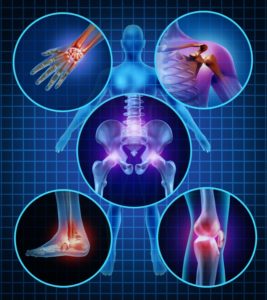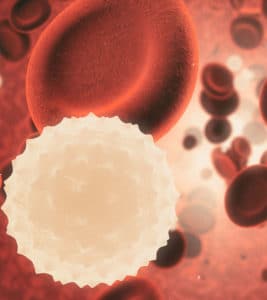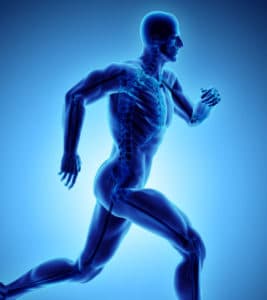Tendonitis
Tendonitis is an inflammation of one of the tendons, the soft flexible cords of tissue that connect muscle to bone. Such inflammations can occur as a result of overuse or traumatic injury. Tendonitis can occur anywhere in the body, but most often occurs in joints such as the shoulder, knee, wrist, ankle and elbow.
Causes Of Tendonitis
Although tendonitis may occur because of a sudden injury, it is much more frequently the result of repetitive stress. Commonly, the condition occurs when an individual makes repetitive motions almost daily because of occupational or athletic pursuits. Tendonitis more often occurs as individuals age and their tendons become less flexible.
People whose employment involves frequent overhead reaching, vibration, repetitive motions or forceful or awkward positions are also at greater risk. Involvement in certain sports also makes individuals more likely to suffer tendonitis. Participants in baseball, basketball, golf, bowling, swimming, tennis an running are particularly vulnerable. Various forms of tendonitis are sometimes known colloquially by the sports that commonly result in the injuries, such as tennis elbow or pitcher’s shoulder.
Taking prescribed antibiotics in the fluoroquinolone family, such as Cipro and Levaquin, also presents a serious risk of tendon injury for which the FDA now requires a “black box” warning.
Symptoms Of Tendonitis
Symptoms of tendonitis include aching pain, tenderness to the touch, and sometimes mild swelling of the area. These symptoms are typically exacerbated by movement.
Diagnosis Of Tendonitis
The broad term for these tendon conditions, which include chronic tendinosis as well as tendonitis, is tendinopathy. Particular tendon disorders are diagnosed through physical examination, X-rays and other imaging tests. Since untreated tendonitis can lead to tendinosis, a chronic and degenerative condition, tendonitis that lasts for more than a few days, should be diagnosed and treated promptly.
Treatment Of Tendonitis
If tendonitis is severe and leads to the rupture of a tendon, surgical repair may be required. In most cases, however, tendonitis can be successfully treated with rest, medications to reduce pain and inflammation, and physical therapy.
Physical therapists, in addition to helping patients strengthen their muscles and stretch to increase flexibility, are often helpful in guiding patients to more efficient movement patterns so they can avoid stressing joints and tendons in the future. Exercises to assist contraction while simultaneously stretching the muscle (eccentric stretches) have been demonstrated to be especially effective in treating muscle-tendon inflammation.
Tendinosis
Tendinosis, as opposed to acute tendonitis, is a chronic degenerative disorder, involving tiny tears in the connective tissue of the tendons, the bands that connect muscle to bone. This condition can occur anywhere in the body, but most often affects the shoulder, knee, biceps and Achilles tendons. This condition frequently affects athletes and happens when too much stress is placed on the tendon as a result of overuse, improper movement technique or traumatic injury.
Tendinosis, unlike tendonitis, occurs gradually, but recurrent tendonitis may lead to the chronic deteriorative condition. Tendinosis is essentially a buildup of microscopic injuries that don’t heal properly. Over time, symptoms of pain, swelling and stiffness may appear and worsen. Unfortunately, because tendons heal more slowly than muscles, physical rehabilitation for the condition may be relatively lengthy.
Risk Factors For Tendinosis
Risk factors for tendinosis include prolonged repetitive motion. A wide range of occupational or recreational activities involve such movements. Individuals at risk for developing this disorder include:
- Athletes or sports enthusiasts
- Computer programmers, writers, data entry processors
- Musicians
- Manual laborers or assembly line workers
- Sign language interpreters
Taking prescribed antibiotics in the fluoroquinolone family, such as Cipro and Levaquin, also presents a serious risk factor for tendon injury for which the FDA now requires a “black box” warning.
Treatments For Tendinosis
Once tendinosis is diagnosed through physical examination and imaging tests, there are several treatment options available. For many patients, simple remedies like ice applications, oral anti-inflammatory medications and may be sufficient to relieve symptoms. Frequently these simple home remedies are helpful in combination with physical therapy, particularly eccentric exercise, and the following minimally invasive medical interventions:
- Injections of corticosteroids
- Injections of nonsteroidal anti-inflammatories
- Injections of sclerosing agents
- Extracorporeal shock wave treatments
Physical therapists not only help patients by alleviating symptoms, but instruct them in motion techniques that may be more efficient and less taxing on the body. If symptoms persist for 3 months with these conservative treatments, however, surgical intervention may be required.
Complications Of Tendinosis
The most common complication of tendinosis is a ruptured tendon, a sudden serious injury resulting in severe pain, swelling and disability, that requires urgent care. While the injury may, in some cases, be treated noninvasively, most often surgery is necessary to relieve pain and improve function.
Prevention Of Tendinosis
Individuals can minimize their risk of developing tendinosis by using ergonomic equipment on the job and employing proper movement techniques in their everyday lives. They will also reduce their risk by taking frequent breaks and not remaining in one position too long, by paying attention to early signs of pain or stiffness, and by avoiding antibiotics that increase risk of developing the disorder.







